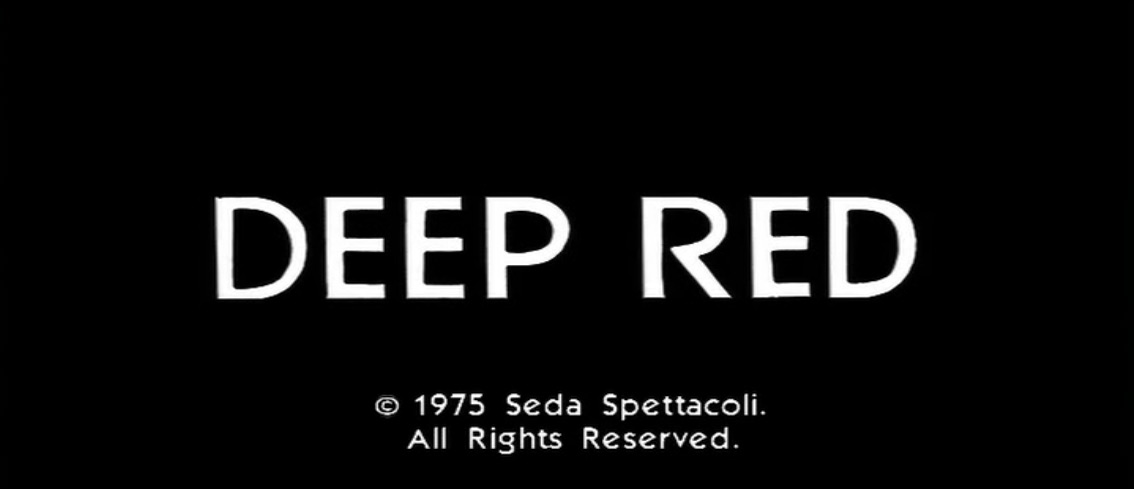
: Deep Red
: Profondo Rosso
: 1975
: Goblin
: IMDB
: 97
Recommedation: Must-See
A quintessential example of the genre.
A quintessential example of the genre.
WARNING: Spoilers Below
score analysis
Here it is ladies and gentlemen, the champion of the Giallo Score: Dario Argento's Deep Red (Profondo Roso) registering a whopping 97 points!
It's difficult to expand upon what's already been said about Deep Red over the past 38 years since its release. To this day it remains my favorite Giallo, my favorite Argento film and one of my favorite films of all time. That's a lot of favorites! But what makes Deep Red better (at least for me) than all the other films in the genre?
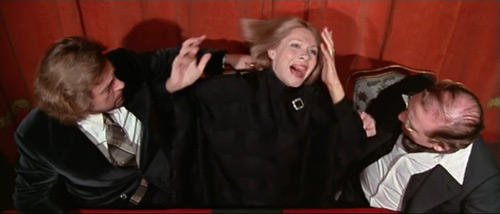
Let's start with a little background. Deep Red was the second Argento film I'd ever seen and served as my unintentional introduction to the Giallo genre. In 1985 I was 12 years old and the mainstream success of Phenomena (aka Creepers in the US) paired with my love for Iron Maiden brought me to Argento. At this time in history Argento films were difficult to obtain on VHS so I rented Dario Argento's World of Horror in an effort to become more acquainted with this elusive director.
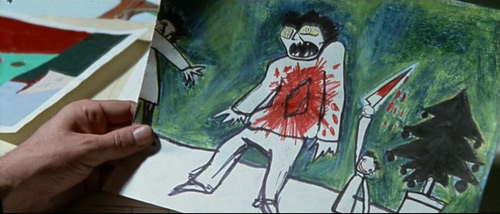
Unfortunately, I cannot recommend this documentary to anyone who hasn't seen Argento's early Gialli (Bird With The Crystal Plumage, Cat O' Nine Tails, Four Flies on Grey Velvet, and Deep Red) since it shows the end scenes for ALL these films, revealing the killer for each one! If you are new to Argento, avoid this documentary at all costs. I learned the hard way and to this day I am jealous of anyone who watches these films for the first time with no prior exposure to them.
But I digress. At that time the world of the Giallo was still foreign to me, so knowing the identity of the killer was not a deterrent to watching these films. I rented the edited US version on HBO Video VHS and marveled at how gorgeous the film looked and sounded, not paying any attention to the story.
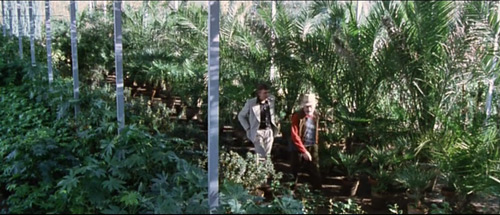
As the years passed, I explored other Argento films as they became available. But my love of Deep Red was renewed each time I acquired a new (and better) copy of the film. After the HBO Video VHS came the Japanese laserdisc (with the baffling name Suspiria 2!) which restored all of the violence censored by the VHS, but had none of the extra dialog scenes. Subsequently another Japanese laserdisc was released with the full uncut version in Italian language an no subtitles. The transfer was pristine and I finally got to see many of the nuances that had gone unnoticed in the lower quality copies. Finally, after the birth of DVD, Deep Red was made available to the masses in a fully uncut version with as much of the English language as was salvageable, and English subtitles for the scenes in Italian.

Within the last year, I've obtained Blue Underground's Blu Ray edition of this film and it's an absolute joy to behold. It's obvious that Argento agonized over ever frame of this film. There's always something new to see. And for anyone who is already a fan of this film, watching the Blu Ray edition on a large screen will give you goosebumps!
With 3 other successful Gialli under his belt, Argento had clearly established himself as a master of the genre by 1975. After many viewings of Deep Red, it feels like Argento could do no wrong with this film. The story (co-written by Argento) is exceptional. It's a complex plot with exciting twists, yet easy to follow and totally believable. Visually the film is exciting to behold, with painstakingly planned set compositions, lighting and camera movements. The murder scenes are all unique and equally squirm inducing. And of course, the final revelation, when Marc finally realizes what he saw in Helga's apartment on the night of the murder is so well done that I still gasp every time I see it.
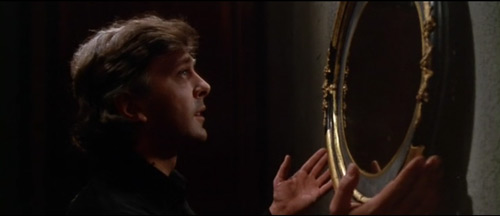
But regardless of how successful Deep Red is as a Giallo, it seems like that wasn't enough for Argento. By 1975 the genre popularity had peaked and Argento took advantage of his position as the master of the Giallo to do some experimentation. The normal characteristics of the genre are accentuated to hyper levels in Deep Red. Colors are more saturated. The music is louder and more progressive. The plot is outlandish (though still believable). The camera makes generous use of the macro lens for extreme close ups of fetishized objects. Airplane mini-bottles of booze are used instead of the token J&B; bottle and a rocks glass. The police are so ineffective it's laughable. And everyone seems to exist in a state of frustration. Marc is always walking around trying to light his cigarette or making phone calls in the worst possible places. All of these techniques contribute to make Deep Red the most unique Giallo ever.
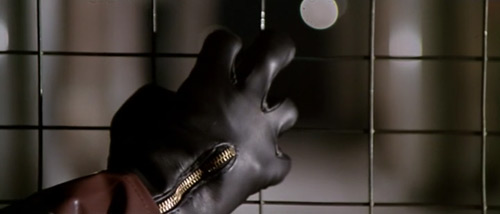
Another standout in the film is the inclusion of English actor David Hemmings who became popular in Italy after Antonioni's Blow Up. In a genre where just about every actor's voice is overdubbed in English by someone else, Hemmings dubbed his own voice and his acting is great. Marc Daly is a very watchable character and Argento does his best to make him more than just a one dimensional detective. He's nervous, artistic, frustrated, temperamental and claustrophobic. Why anyone with these characteristics would want to try to solve a murder while being stalked by the murderer is beyond me, but it's just another reason why Deep Red is unlike so many of the films that came before it.
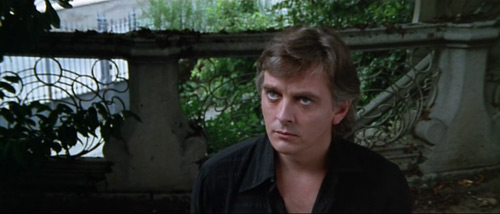
Deep Red is longer than most films of the genre, with the Italian version clocking in at over 2 hours. Argento cut the film down to 100 minutes for US audiences, mostly by removing the scenes between Marc and Gianna, but also chopping up the beautifully filmed house exploration scenes. Viewers of the US version will not miss anything crucial, but the extra 20 minutes of the Italian version make the film feel more complete.
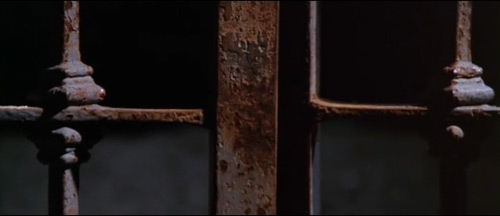
But the one thing that people remember most about the film is Argento's decision to use Goblin instead of Ennio Morricone for the soundtrack. Never before had 70's progressive rock been used so effectively in scenes that would normally call for the suspenseful a-tonal music that Morricone was so famous for. Argento would go on to use Goblin to their fullest potential in Suspiria, the follow up to Deep Red, two years later.
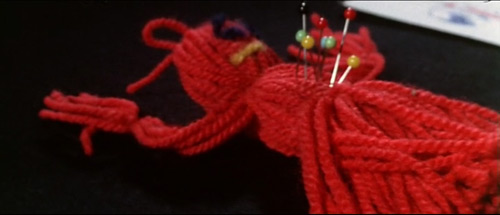
Finally, let's focus on the score. Deep Red hits every item on the list but one: a soundtrack by Ennio Morricone or Bruno Nicolai. But as mentioned above, using Goblin instead is what attracted many people to this film and it's one of the reasons why multiple viewings of Deep Red are so much fun. I had a very hard time finding enough nudity to award points, but on closer inspection of the scene where Marc pulls Helga's body from the broken window, her left breast is exposed. That's enough for me!
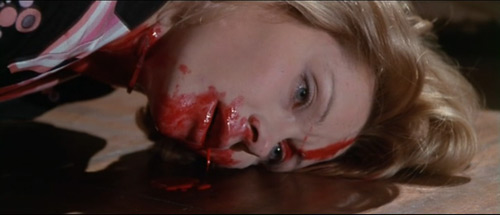
In closing, Deep Red will likely be forever regarded as the greatest Giallo ever made. But it also serves as an important landmark in the timeline of Italian cinema. It marks the end of the genre's peak period while at the same time serves as the harbinger for next wave of genre directors including Argento himself. After countless viewings of the film, I am still amazed by how much fun it is to watch.
score breakdown
Staples : 60/60
Italian Director
10 points
Hidden Identity
10 points
Black Gloves
5 points
Ameteur Detective
5 points
Classic Period (1970 - 1975)
5 points
Motivation: Psychological Trauma/Revenge
10 points
Avoid Capture: Acciental Death/Suicide
10 points
Director > 1
5 points
Standards : 27/30
Body Count >= 3
4 points
Flashback Revelation
3 points
Italian Location
3 points
Mistaken Identity
2 points
More than one killer or accomplice
4 points
Morricone/Nicolai/Ortolani
3 points
Suspects >= 3
4 points
Urban Location
4 points
Signatures : 20/10
Airplane
1 points
Animal, Number or "Death" in title
1 points
Attend Funeral
1 points
Bathtub Murder
1 points
Chase scene
1 points
Comic Relief Character
1 points
Death from Falling
1 points
Dolls/Dummies
1 points
Foreigner
1 points
Gay/Lesbian
1 points
J&B
1 points
Odd Clue
1 points
Pathologist
1 points
Photography/Glamor/Modeling/Art
1 points
Priest
1 points
Prove Innocence
1 points
Psychologist
1 points
Spiral Stairs
1 points
Taunting
1 points
Visual Misinterpretation
1 points
Total Points : 97/100

